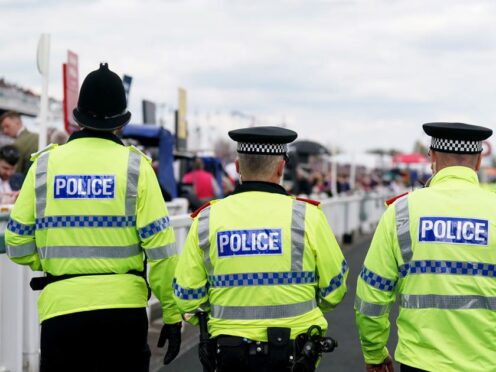
The Labour party have frequently claimed that “90% of crime is going unsolved”.
The data suggests this is true – around 10% of crimes resulted in an offender being brought to justice in 2023.
What do the figures say?
Home Office figures show just under 5.4 million crimes were recorded by police forces across England and Wales in 2023. This excludes fraud and computer misuse.
Of these, 6.2% resulted in a charge or summons for the alleged offender. A further 3.4% resulted in another form of settlement, while 0.4% led to a “diversionary, educational or intervention activity”, rather than a formal charge or summons.
The Inspectorate of Constabulary defines crimes “brought to justice” more widely as also including the small number of cases where the offender has died, or where the Crown Prosecution Service have decided a prosecution was not in the public interest.
Using the Inspectorate’s definition, 10.1% of cases were brought to justice in 2023, meaning the Labour claim is accurate.
Meanwhile, no suspect was identified in 40.6% of reported crimes in 2023, and 38.5% of cases were dropped due to “evidential difficulties”. This included where a suspect was identified but the victim did not support further action against them – the outcome of one in five crimes last year.
In addition, 7.5% of cases from the year had not yet been assigned an outcome.
In July 2023, the inspectorate said they were “very concerned” about the “unacceptably low” proportion of crimes that had been solved in the year to March 2022 – 11.3%. The figures for 2023 suggest this rate had worsened.
The same report noted the rate for victim-based crime fell from 22.7% to 8.3% between 2015 and 2022.
What are the limitations?
These are crude for all types of crime recorded by police forces, and there is significant variation between different types of crime.
Among major crime categories, those least likely to result in a charge were sexual offences (4.1%) and criminal damage and arson (4.2%).
Meanwhile, weapon possession offences were most likely to lead to a charge (27.8%), followed by drug offences (19.7%).
Fraud and computer misuse are often excluded from these statistics as they are often recorded by central bodies – such as Action Fraud – rather than territorial police forces.
In addition, many crimes go unrecorded and do not show up in the statistics, meaning crime data is also collected through other methods.
The Crime Survey of England and Wales – another way of monitoring criminal activity – is “widely considered to be the most important source of information about trends in crime” according to the ONS, although this does not give a full picture of crime outcomes.
Links
Tweet from Labour Party press office (archived)
Police recorded crime and open data tables (archived)
Crime outcome data, March-December 2023 – download link (archived)
Crime outcome data, year to March 2023 – download link (archived)
HMICFRS report on police performance, July 2023 (archived)
Action Fraud website (archived)
National Fraud Intelligence Bureau (archived)

Enjoy the convenience of having The Sunday Post delivered as a digital ePaper straight to your smartphone, tablet or computer.
Subscribe for only £5.49 a month and enjoy all the benefits of the printed paper as a digital replica.
Subscribe